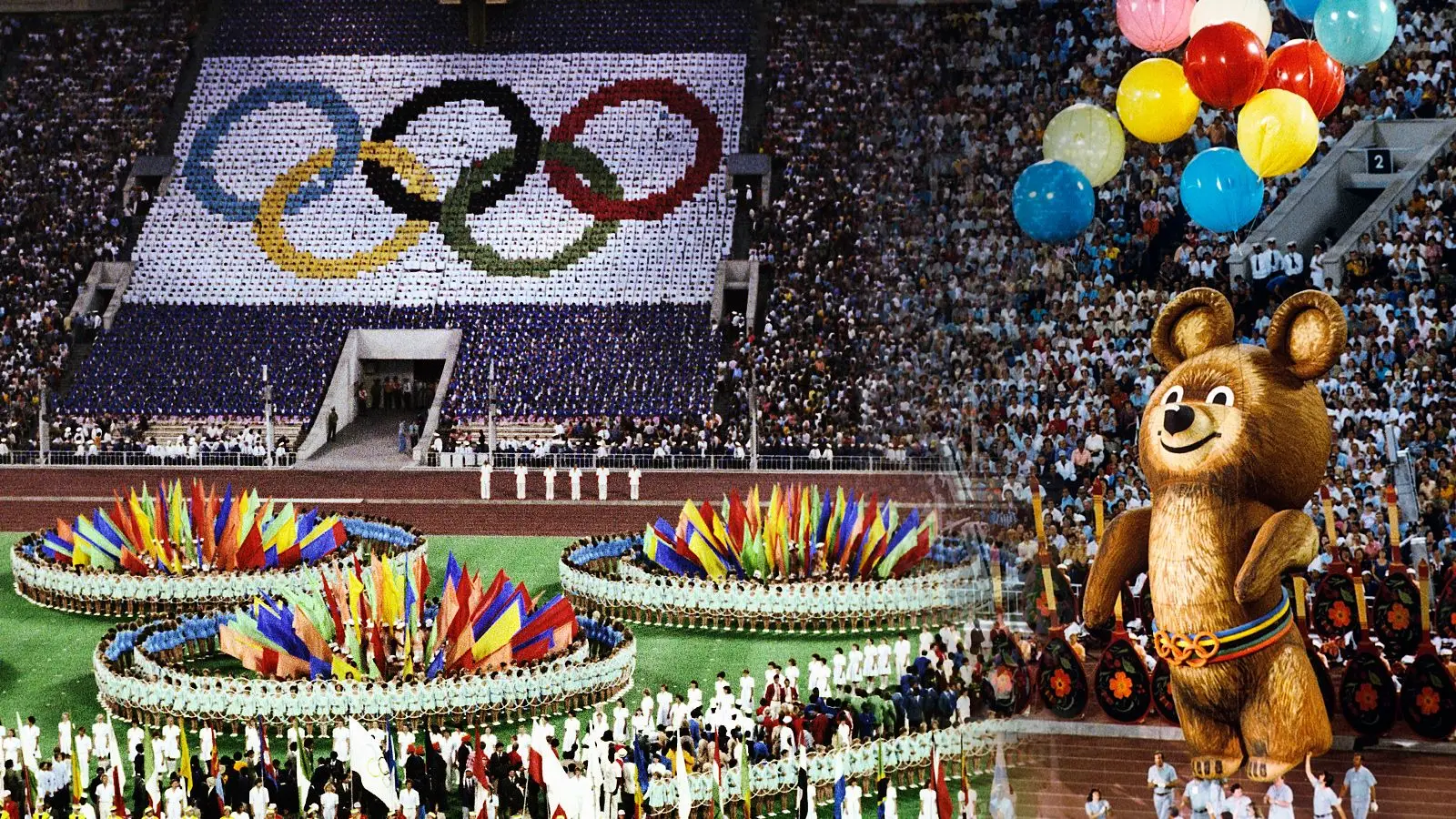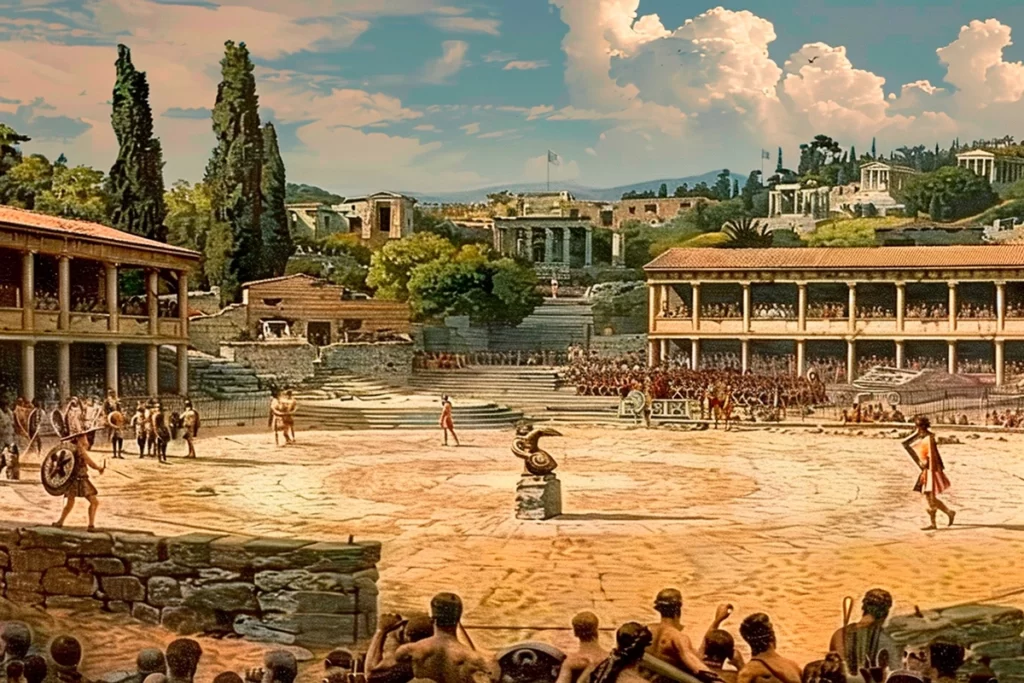Olympic mascots are not just characters decorating events, but cultural symbols that reflect the zeitgeist and traditions of the host countries. Each of them turns the games into a colourful show, gives the games a unique face and helps keep them in the memory. The best Olympic mascots are always marked by a special design and deep meaning, returning spectators to memories of the greatness of sporting disciplines.
History of the best Olympic mascots: from the first symbols to modern trends
The idea of symbols originated in 1968 during the Grenoble Olympics. The first mascot was Schuss – a stylised male on skis. The character brought innovation and became a kind of bridge between spectators and athletes. Since then, mascots have become an integral part of every Olympics. The evolution of the best Olympic mascots has reflected the changes in the world. While Winnicka (Munich) was a simple and cute image in 1972, Baby (Beijing) became a real ensemble symbolising the elements and traditions of China in 2008. Modern trends led to the creation of characters such as Mireitova (Tokyo, 2020), where the design combined innovation and historical elements. The role of the creator of the symbolism is one of the important stages in the preparation for the Games. The talent of the designers determines how popular and memorable the character will become.

Judging Olympic mascots: who was favourite?
Among the many mascots, there are a few that have become real icons:
- Winnicka (Munich, 1972) – the first official mascot. The dachshund dog symbolised perseverance and kindness.
- Misha (Moscow, 1980) – a bear with a warm smile who won over the public with his sincerity. The symbol became a global brand that reflected the hospitality of the Games.
- Sumi and Kuwachi (Nagano, 1998) – unusual birds associated with nature and Japanese traditions.
- Beibi (Beijing, 2008) – five characters each representing one of the elements: water, earth, fire, air and metal.
- Bindu and Wenlock (London, 2012) – characters embodying the history of the industrial revolution and modern technology.
Each of these symbols reinforced the connection with fans with a colourful design and an out-of-the-box idea. Favourite Olympic mascots still evoke fond memories for people.
The best Olympic mascots of the winter and summer games
 Summer Olympics mascots have always emphasised the warm, cheerful atmosphere of the games. They reflected national values and cultural characteristics and served as a means of communication with spectators. The Summer Olympics were especially memorable for the following characters:
Summer Olympics mascots have always emphasised the warm, cheerful atmosphere of the games. They reflected national values and cultural characteristics and served as a means of communication with spectators. The Summer Olympics were especially memorable for the following characters:
- Misha (Moscow, 1980). A bear personifying kindness and hospitality. Misha was the first mascot to win over millions of viewers around the world. His image was etched in history thanks to the famous scene during the closing ceremony, when the figure of Misha ‘flew’ into the air. This symbol emphasised the peaceful nature of the USSR and forever became one of the most popular Olympic symbols.
- Atlantis (Atlanta, 1996). A character with a futuristic design that reflected the US’s desire for technological innovation. Atlantis symbolised progress and the digital age that was on the rise in the 1990s. His colourful high-tech image foreshadowed modern trends in character design.
- Beibi (Beijing, 2008). A complex of five figures, each symbolising one of the elements: water, earth, fire, air and metal. These figures combined rich Chinese culture with the traditions of the Olympic Movement. Their images were reminiscent of national motifs, such as the panda and the goldfish, which reinforced their cultural significance.
The best Summer Olympics mascots always reflected the values of the organising countries, became their calling cards and inspired spectators around the world.
Winter Olympics: mascots who conquered snowy peaks
Winter Olympics mascots emphasise harmony with nature and winter sports. These characters not only highlight the specificity of the Games, but also draw attention to the unique characteristics of the host countries:
- Schuss (Grenoble, 1968). The first Olympic mascot of its kind. Designed in a minimalist style, Schuss represented a stylised skier. This character reflected the sporting spirit of the Winter Games and is remembered for his brevity.
- Sumi and Kuwachi (Nagano, 1998). Symbols in the form of Japanese birds embodied the harmony between man and nature. These characters emphasised the richness of Japanese culture and its deep connection to tradition. Their images reminded audiences of the value of ecology.
- Snowflake and Jet (Sochi, 2014). The characters embodying ice and fire reflected the contrast between cold and heat. They symbolised the energy of competition and the diversity of sporting disciplines.
The best mascots of the Winter Olympics have always highlighted the cultural heritage of countries, their natural wealth and unique climatic conditions. These symbols have become not just a decoration, but also a means of promoting national traditions on the world stage.
Modern design trends: how have Olympics mascots changed in recent years?
Modern mascots have become a reflection of new trends in design and technology. Innovative approaches, digitalisation and a focus on uniqueness have made them an integral part of every Olympics. The mascot Mireitova (Tokyo 2020) is a striking example of a combination of tradition and modernity. This manga-style character symbolised Japanese culture and the digital age. The best mascots remain an important part of the Olympics, their images inspiring millions of people and helping preserve the memory of the events for years to come.

Conclusion
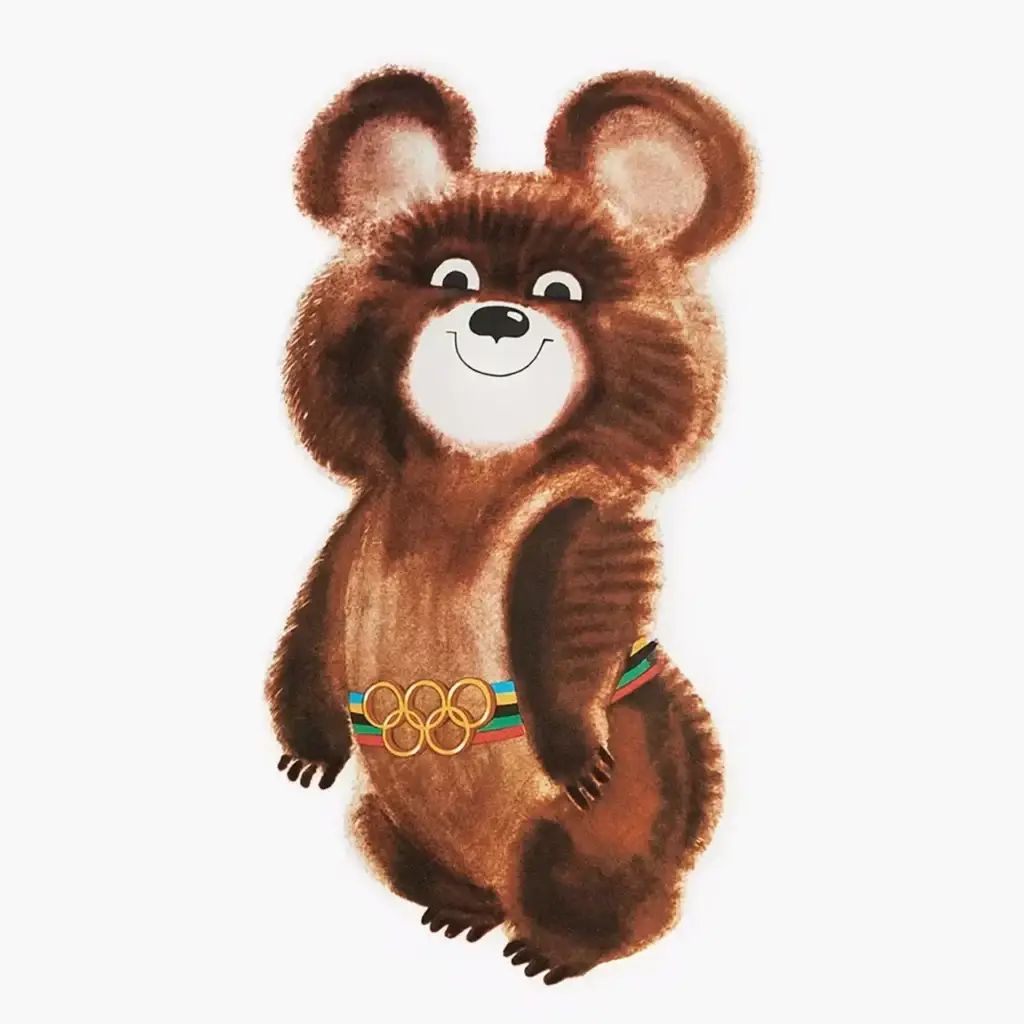 The best mascots unite fans, reflect the values of the organising countries and the spirit of the Olympic Movement itself. These symbols have become iconic not only for their respective eras, but also for the culture as a whole. Olympic mascots are an inspiration for future generations and emphasise the importance of unity, innovation and legacy.
The best mascots unite fans, reflect the values of the organising countries and the spirit of the Olympic Movement itself. These symbols have become iconic not only for their respective eras, but also for the culture as a whole. Olympic mascots are an inspiration for future generations and emphasise the importance of unity, innovation and legacy.
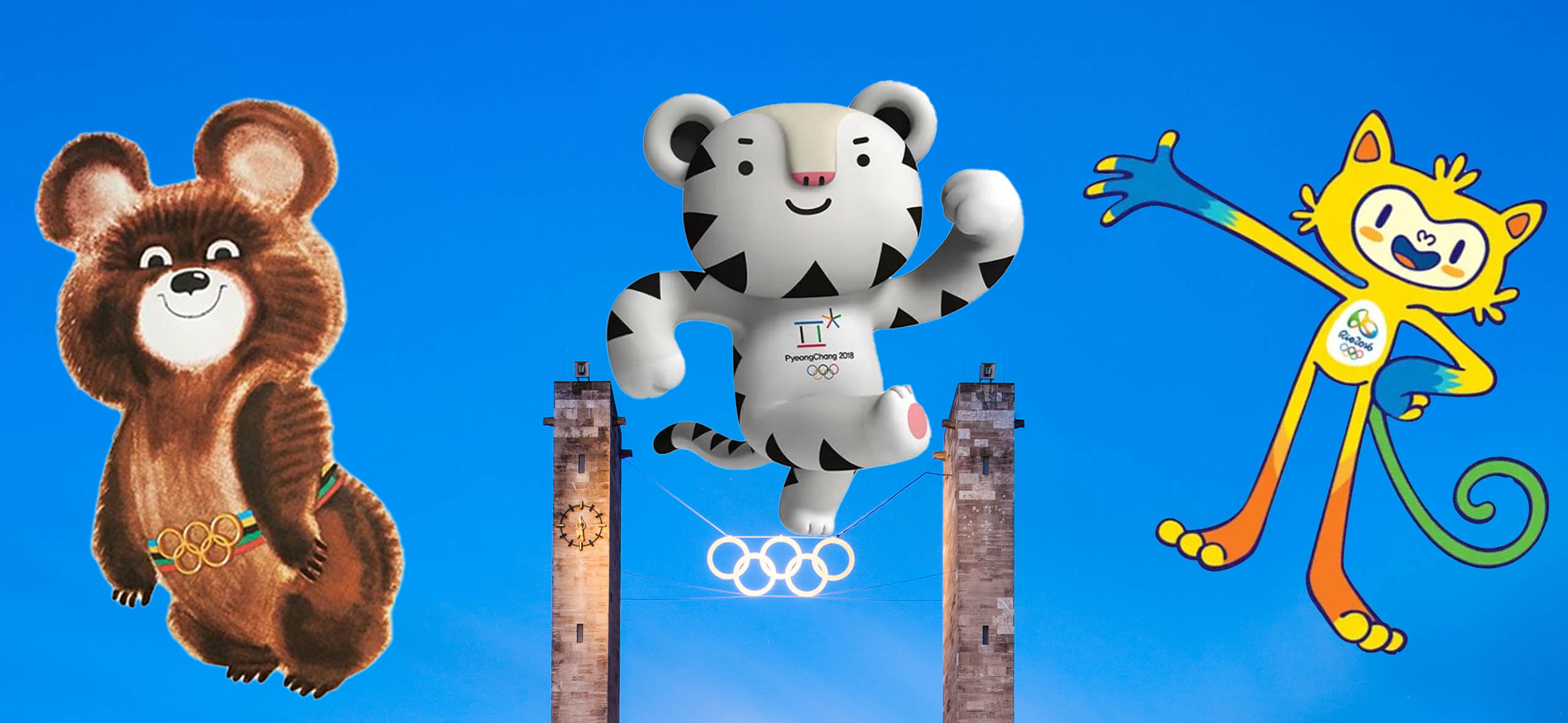
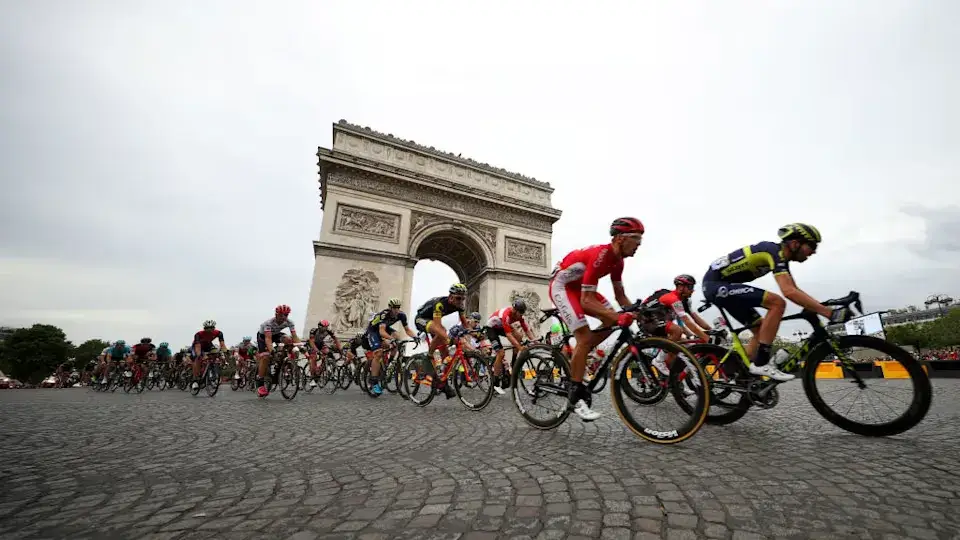

 Among the Tour de France participants are names that have become synonymous with triumph and dedication to the sport. Lance Armstrong, Miguel Indurain and Bernard Hinault are undoubtedly among the best cyclists in the history of the Grand Loop. Each of them not only achieved high results, but also left an indelible mark on the development of cycling:
Among the Tour de France participants are names that have become synonymous with triumph and dedication to the sport. Lance Armstrong, Miguel Indurain and Bernard Hinault are undoubtedly among the best cyclists in the history of the Grand Loop. Each of them not only achieved high results, but also left an indelible mark on the development of cycling:
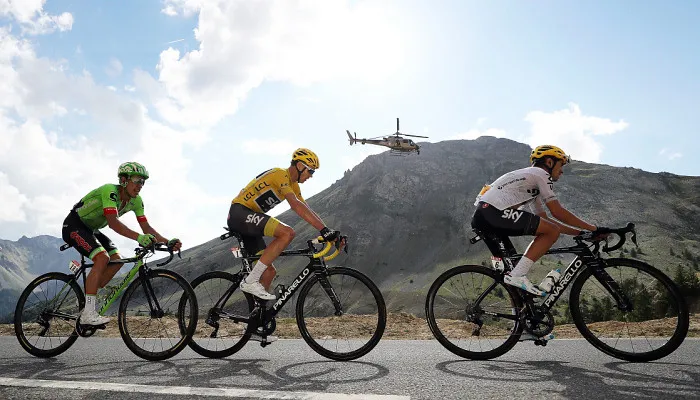 The Tour de France is not only a sporting phenomenon but also a cultural one. The race unites spectators from all over the world and inspires them to achieve new goals. The format continues to evolve, preserving traditions and opening new horizons.
The Tour de France is not only a sporting phenomenon but also a cultural one. The race unites spectators from all over the world and inspires them to achieve new goals. The format continues to evolve, preserving traditions and opening new horizons.



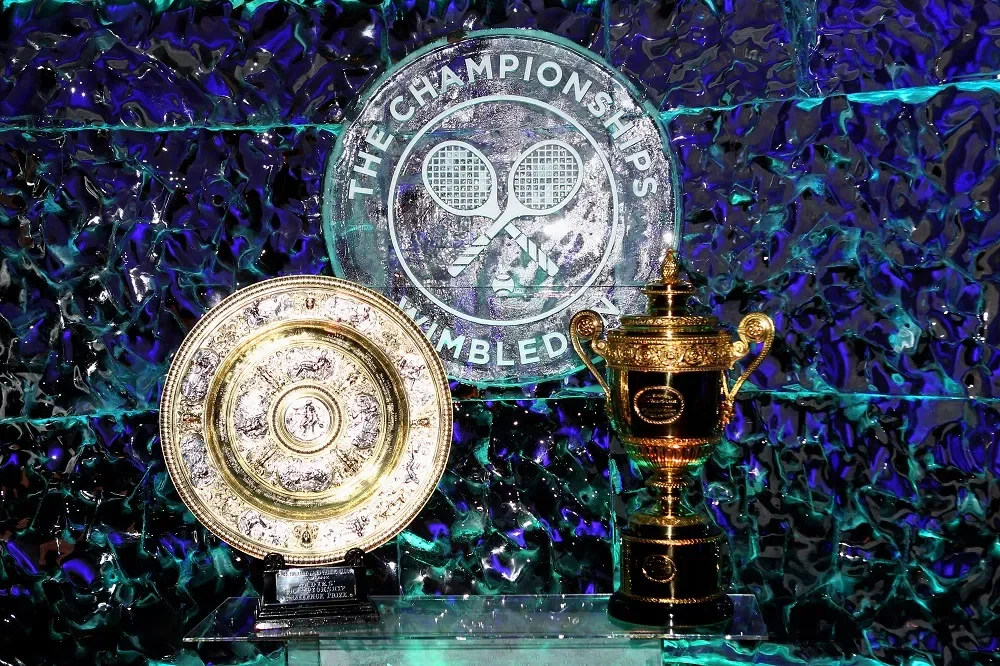
 Each match takes place on a specific type of surface, which significantly influences the dynamics of the game and the tactics of the athletes. The ball’s bounce, speed of movement and physical effort are determined by the type of court.
Each match takes place on a specific type of surface, which significantly influences the dynamics of the game and the tactics of the athletes. The ball’s bounce, speed of movement and physical effort are determined by the type of court.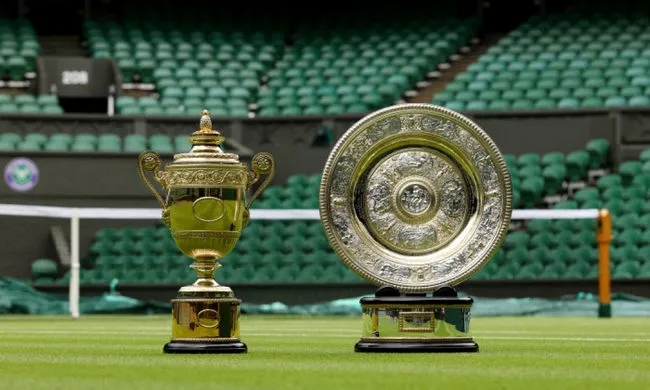 Grand Slam tennis tournaments are a combination of tradition, high expectations and lively emotions. Each event offers players the chance to write their name in the history of world sport. The different surfaces, structure and prestige make these tournaments the most important of tennis careers.
Grand Slam tennis tournaments are a combination of tradition, high expectations and lively emotions. Each event offers players the chance to write their name in the history of world sport. The different surfaces, structure and prestige make these tournaments the most important of tennis careers.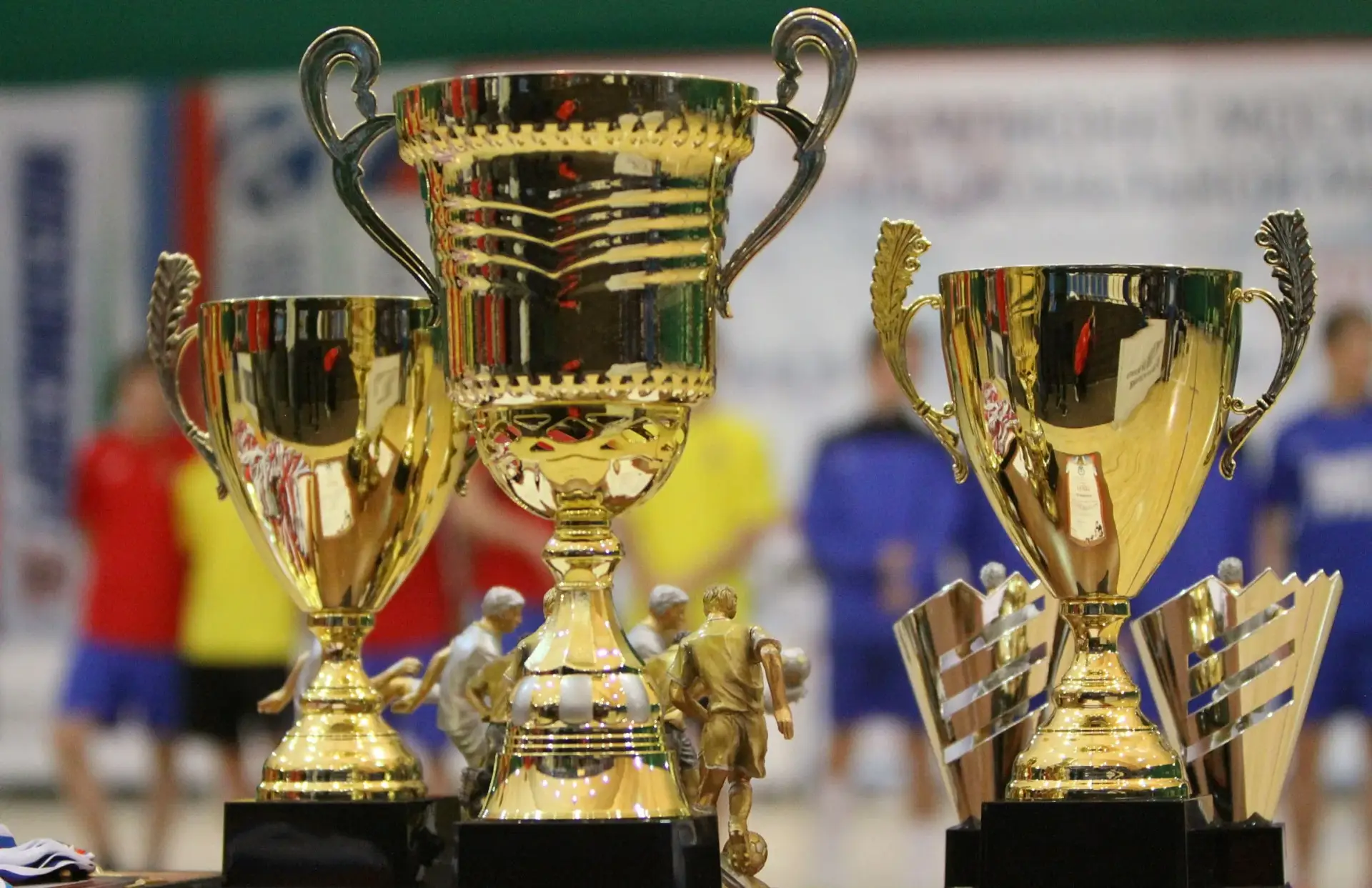

 The Davis Cup is the most prestigious team competition in tennis, where the world’s best tennis players compete not for personal glory, but for the honour of their country. The Cup was first held in 1900 and has since grown into an annual event that brings together the best athletes from around the world.
The Davis Cup is the most prestigious team competition in tennis, where the world’s best tennis players compete not for personal glory, but for the honour of their country. The Cup was first held in 1900 and has since grown into an annual event that brings together the best athletes from around the world.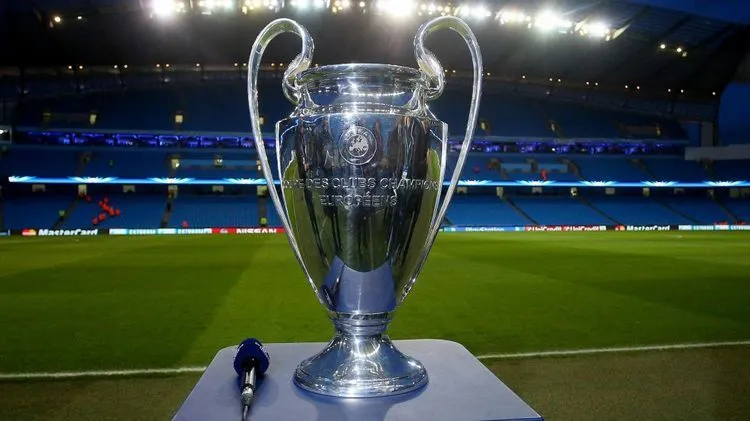 Sports trophies are more than just objects symbolising victory. They represent cultural heritage, fill people’s hearts with pride and inspire millions of people to new achievements. The most famous sports trophies are legends. They embody the spirit of competition, hard work and an unwavering will to win.
Sports trophies are more than just objects symbolising victory. They represent cultural heritage, fill people’s hearts with pride and inspire millions of people to new achievements. The most famous sports trophies are legends. They embody the spirit of competition, hard work and an unwavering will to win.



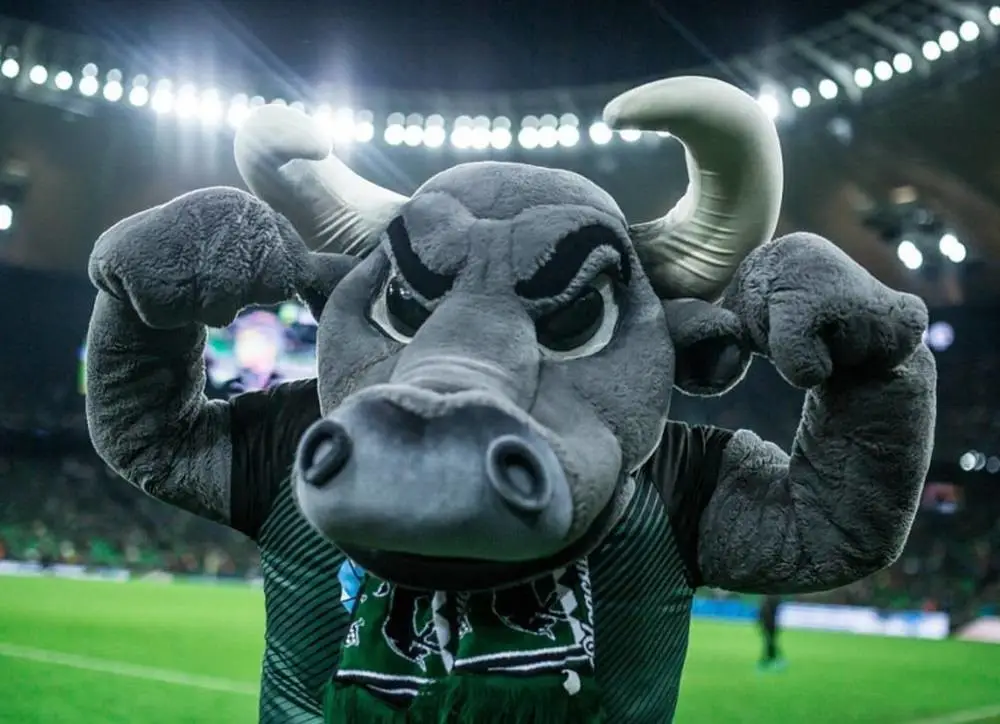
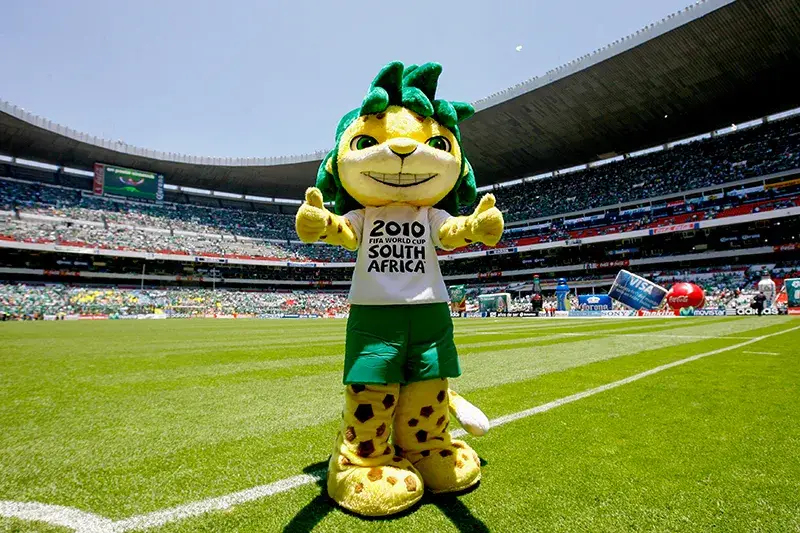 The Gunnersaurus is probably one of the most recognisable football club figures in the world. He always takes centre stage at Arsenal FC matches, delighting fans with his benevolent and unusual appearance.
The Gunnersaurus is probably one of the most recognisable football club figures in the world. He always takes centre stage at Arsenal FC matches, delighting fans with his benevolent and unusual appearance.
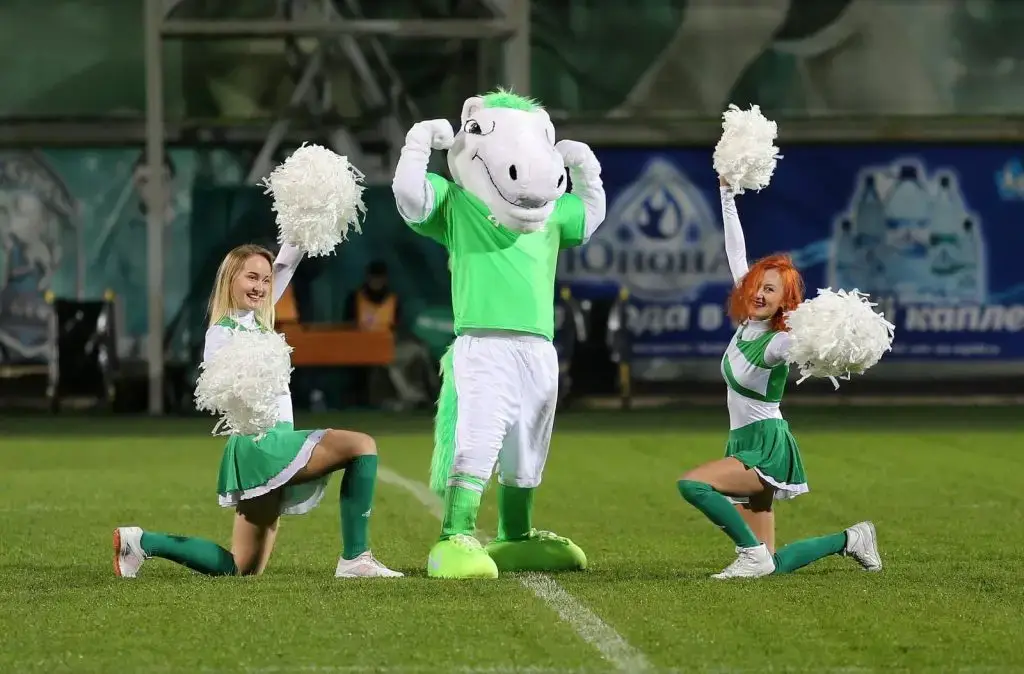 Mascots of football clubs are not only part of the entertainment programme, but are true symbols that reflect the spirit of the team. These characters play a key role in maintaining the bond between the team and fans, contribute to the festive atmosphere and create unique memories for everyone who attends matches. They unite generations and make football even more fun and exciting.
Mascots of football clubs are not only part of the entertainment programme, but are true symbols that reflect the spirit of the team. These characters play a key role in maintaining the bond between the team and fans, contribute to the festive atmosphere and create unique memories for everyone who attends matches. They unite generations and make football even more fun and exciting.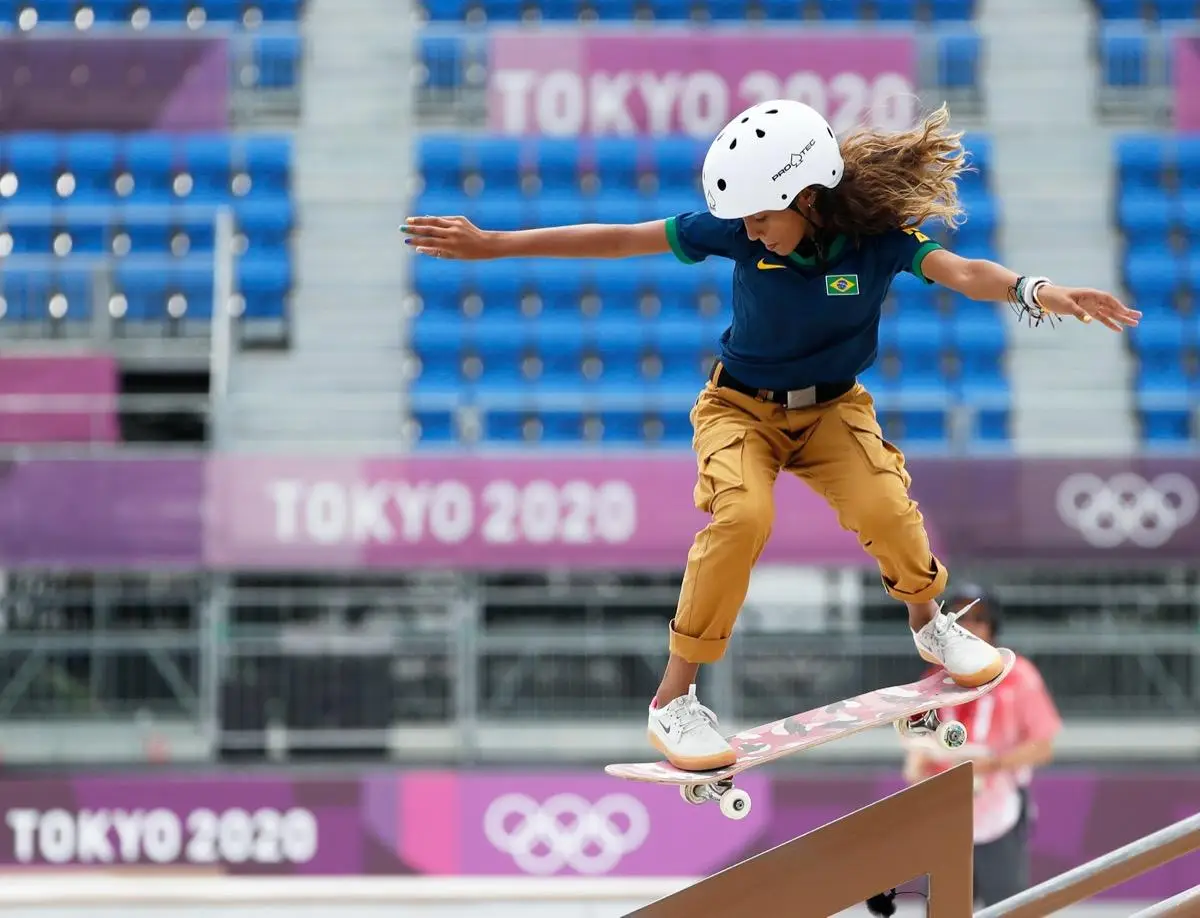
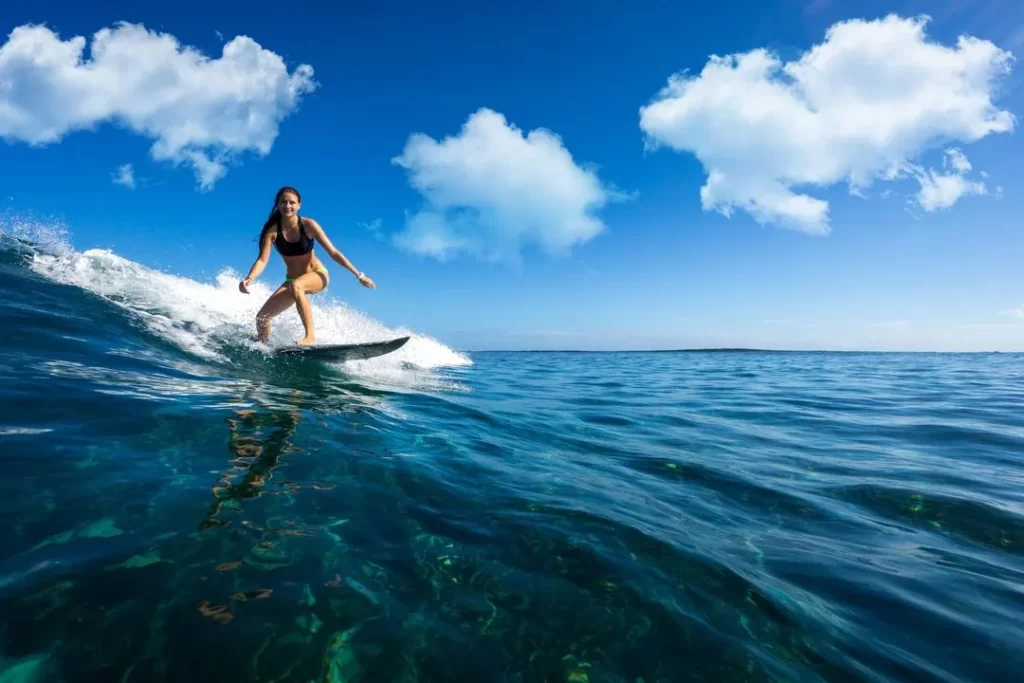 Surfing, a symbol of freedom and harmony with nature, originated in Hawaii more than a thousand years ago. In the early 20th century, it began to gain popularity in California and Australia. It first entered the Olympic programme as a new sport at the Tokyo 2020 Games. At the Paris 2024 Olympics, the competition took place off the coast of Tahiti, where the waves reached a height of 3 to 4 metres – exciting conditions for the athletes. The competition consisted of short and long rides and each surfer demonstrated their technique in different types of waves.
Surfing, a symbol of freedom and harmony with nature, originated in Hawaii more than a thousand years ago. In the early 20th century, it began to gain popularity in California and Australia. It first entered the Olympic programme as a new sport at the Tokyo 2020 Games. At the Paris 2024 Olympics, the competition took place off the coast of Tahiti, where the waves reached a height of 3 to 4 metres – exciting conditions for the athletes. The competition consisted of short and long rides and each surfer demonstrated their technique in different types of waves. New Olympic sports have brought excitement and colour to the Olympics. They have added new colours to a traditional sporting event, bringing it closer to young people and reflecting modern trends. Sport has become not only medals and records, but also lifestyle, culture and creativity. The Paris Olympics was a moment when the new and the traditional merged in harmony, opening up a world of new possibilities for athletes and spectators.
New Olympic sports have brought excitement and colour to the Olympics. They have added new colours to a traditional sporting event, bringing it closer to young people and reflecting modern trends. Sport has become not only medals and records, but also lifestyle, culture and creativity. The Paris Olympics was a moment when the new and the traditional merged in harmony, opening up a world of new possibilities for athletes and spectators.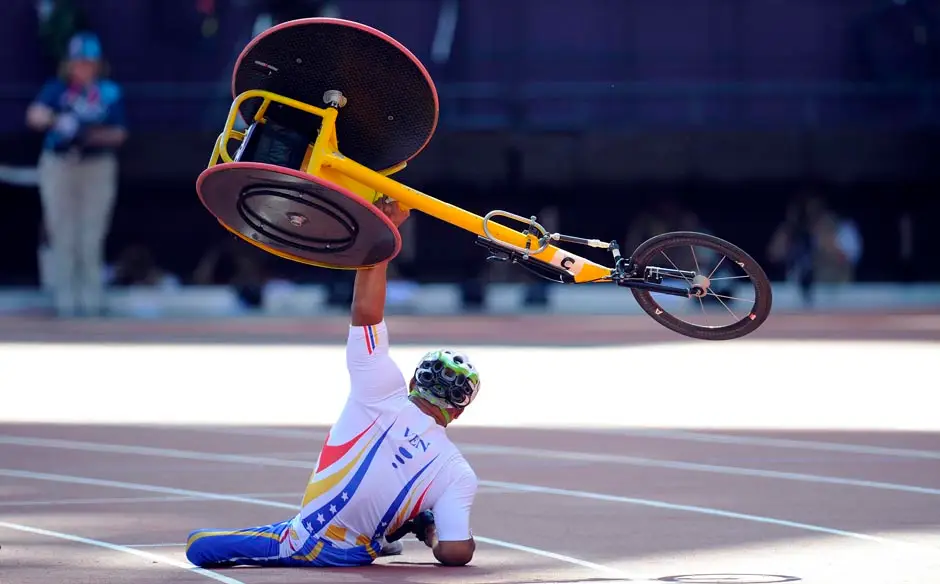
 The Paralympics include many disciplines, each adapted for people with different disabilities: swimming, wheelchair basketball, athletics, wheelchair fencing and many others. Swimming is a true water battle, with athletes demonstrating strength and coordination, while wheelchair basketball is characterised by dynamism and strategic depth. The competition shows that sport can and should be accessible to all, regardless of physical limitations.
The Paralympics include many disciplines, each adapted for people with different disabilities: swimming, wheelchair basketball, athletics, wheelchair fencing and many others. Swimming is a true water battle, with athletes demonstrating strength and coordination, while wheelchair basketball is characterised by dynamism and strategic depth. The competition shows that sport can and should be accessible to all, regardless of physical limitations. The Paralympics are a path to equality and opportunity for millions of people. They break down barriers and build bridges. Each participant proves that willpower and the will to win can overcome any obstacle. Inspired by their achievements, society changes and becomes more inclusive and equitable.
The Paralympics are a path to equality and opportunity for millions of people. They break down barriers and build bridges. Each participant proves that willpower and the will to win can overcome any obstacle. Inspired by their achievements, society changes and becomes more inclusive and equitable.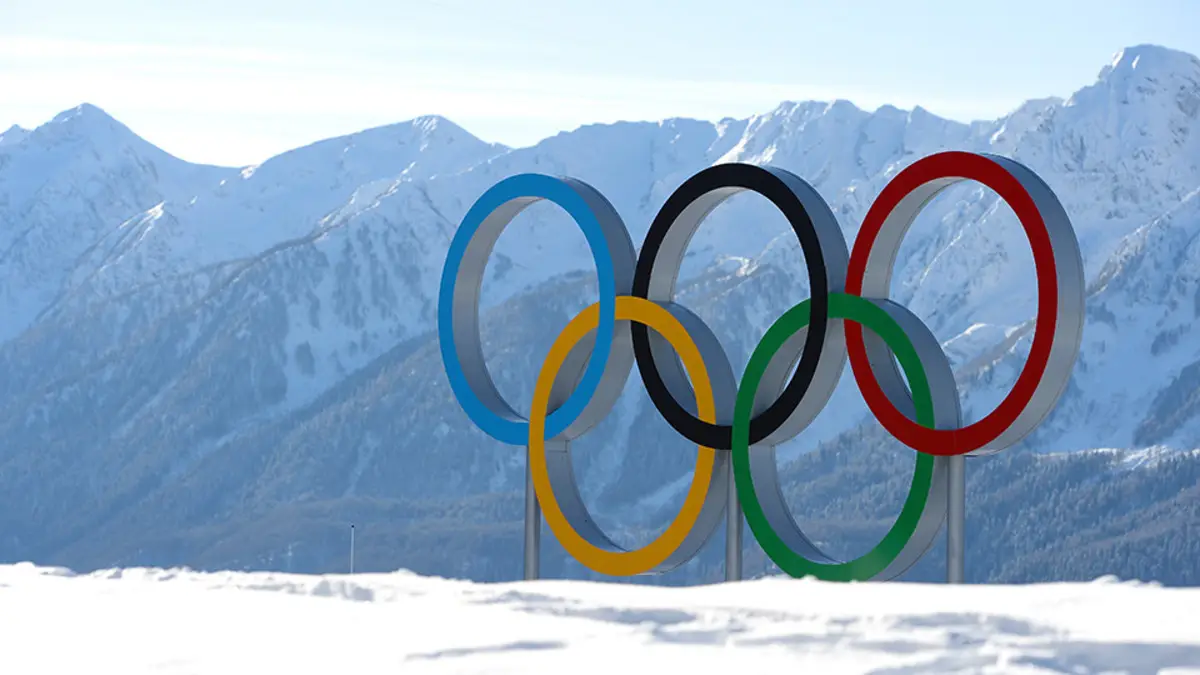
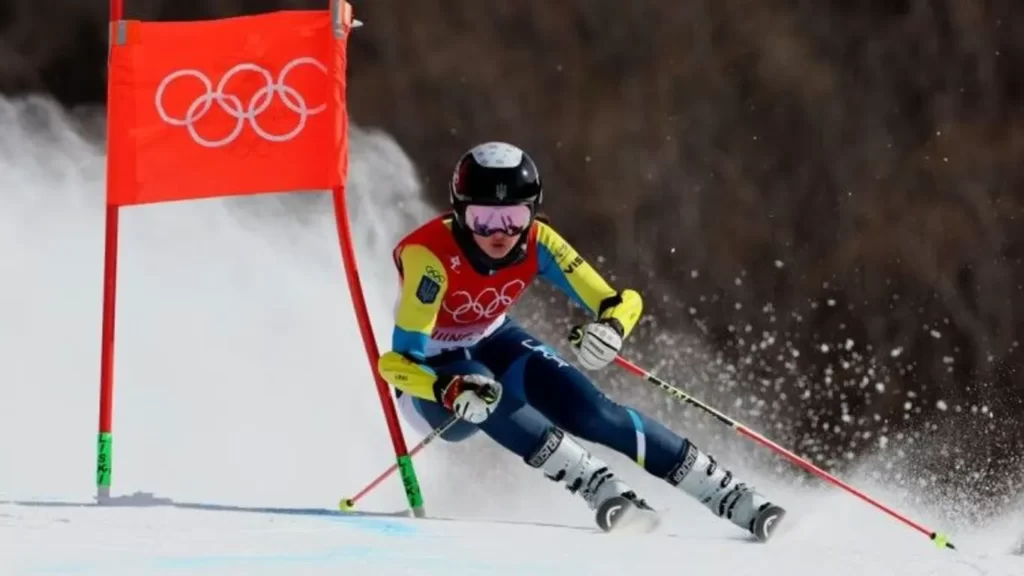 The next competition will take place in 2026 and will be organised by the hospitable Italian cities of Milan and Cortina d’Ampezzo. Why? Italy has earned the right to host the Games thanks to its unique infrastructure and extensive experience in hosting international competitions. The host city of Milan, famous for its cultural heritage, and the Alpine resort of Cortina d’Ampezzo, with its breathtaking snow landscapes, provide the perfect setting for a world-class competition.
The next competition will take place in 2026 and will be organised by the hospitable Italian cities of Milan and Cortina d’Ampezzo. Why? Italy has earned the right to host the Games thanks to its unique infrastructure and extensive experience in hosting international competitions. The host city of Milan, famous for its cultural heritage, and the Alpine resort of Cortina d’Ampezzo, with its breathtaking snow landscapes, provide the perfect setting for a world-class competition.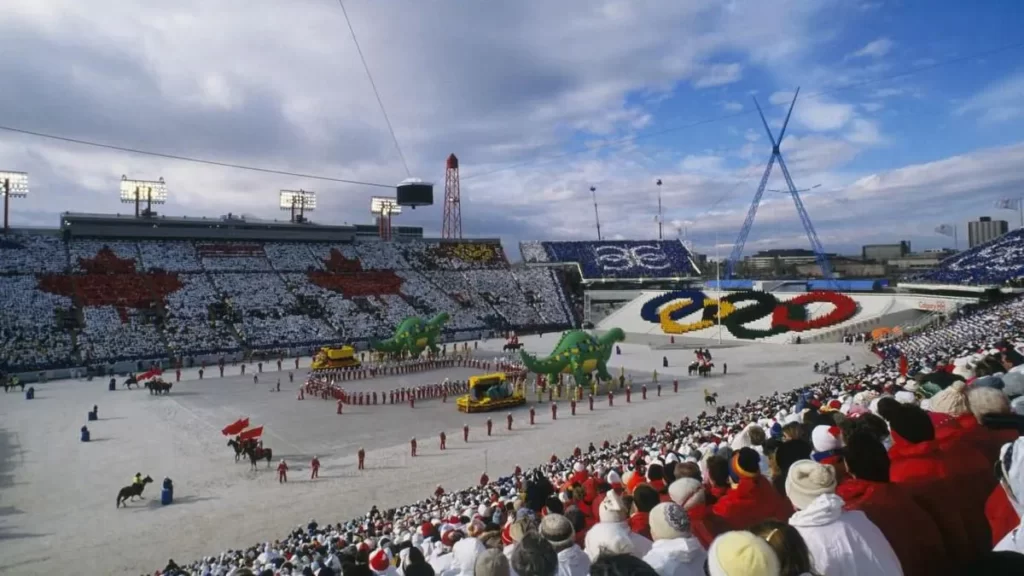 The Winter Olympics are a symbol of global unity and striving for the best. The upcoming competition promises to be one of the most exciting and innovative in history. Italy is preparing to offer the world not only spectacular sporting moments, but also to show how modern technology and a green approach can create a safe and inspiring atmosphere for all participants.
The Winter Olympics are a symbol of global unity and striving for the best. The upcoming competition promises to be one of the most exciting and innovative in history. Italy is preparing to offer the world not only spectacular sporting moments, but also to show how modern technology and a green approach can create a safe and inspiring atmosphere for all participants.
 It’s impossible not to mention the halftime show, which sometimes surpasses the game itself in terms of spectacle. From Michael Jackson to Beyoncé, the world’s most famous artists have lit up the stage during the halftime show, giving the audience unforgettable moments. Each concert becomes part of history, and sometimes sets musical trends for several years to come.
It’s impossible not to mention the halftime show, which sometimes surpasses the game itself in terms of spectacle. From Michael Jackson to Beyoncé, the world’s most famous artists have lit up the stage during the halftime show, giving the audience unforgettable moments. Each concert becomes part of history, and sometimes sets musical trends for several years to come.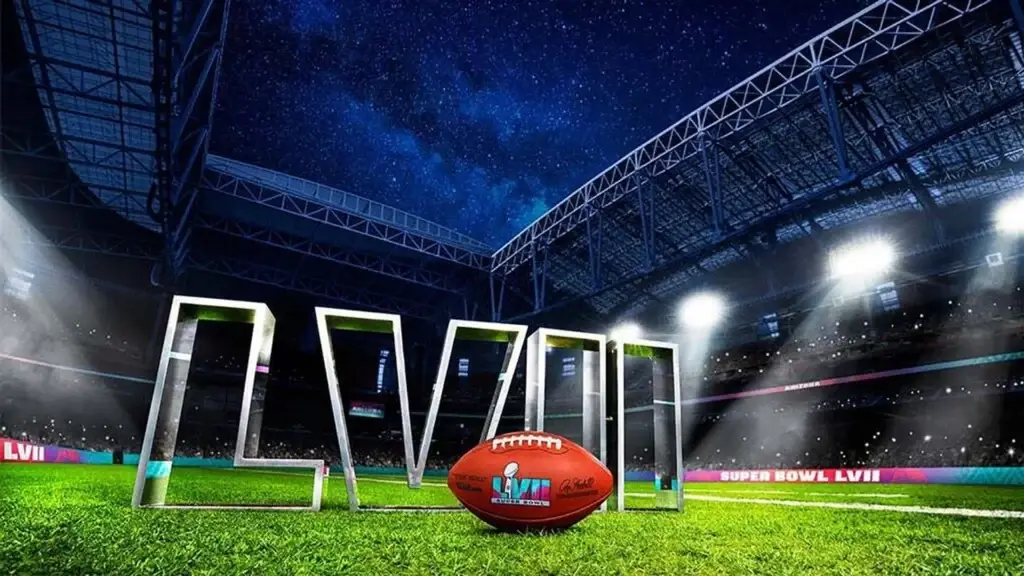 Why is the Super Bowl so popular? Because it’s not just a sporting event, but an incredible show that brings millions of people together. The traditions, culture and emotions cannot be captured in words. Every year, the match turns into a holiday that is eagerly awaited, regardless of age or interests. From commercials to concerts and, of course, the game itself – all this makes the tournament unique and inimitable. Switch on the nearest broadcast and feel this atmosphere that unites generations and inspires millions.
Why is the Super Bowl so popular? Because it’s not just a sporting event, but an incredible show that brings millions of people together. The traditions, culture and emotions cannot be captured in words. Every year, the match turns into a holiday that is eagerly awaited, regardless of age or interests. From commercials to concerts and, of course, the game itself – all this makes the tournament unique and inimitable. Switch on the nearest broadcast and feel this atmosphere that unites generations and inspires millions.